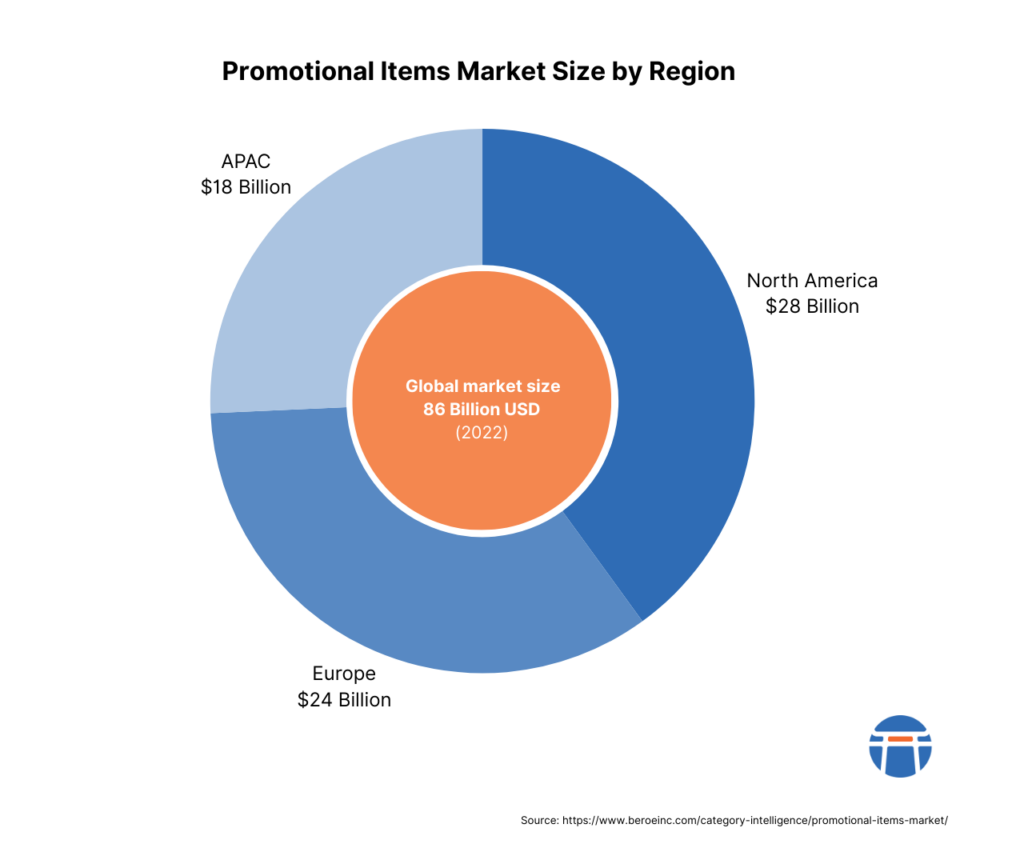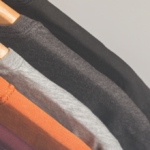The year is 1999, and a tech startup in Silicon Valley is celebrating its rapid growth. The office is buzzing with excitement as boxes of newly arrived company swag are opened. T-shirts, mugs, and pens emblazoned with the company’s logo are proudly distributed among the employees. This scene, once a hallmark of corporate pride and marketing strategy, is now a symbol of an outdated practice in a rapidly evolving world. Just as the digital revolution has transformed how we communicate and work, there is a growing realization that the way companies manage swag – those all-too-familiar branded products – needs a revolutionary change as well.
What is swag?
Swag, a term synonymous with promotional products, merchandise, and branded paraphernalia, plays a pivotal role in marketing strategies spanning events, employer branding, new hire kits, and corporate branding. However, the traditional approach to swag management is full of challenges.
The Problems with Traditional Company Swag Management
1. Dependency on Blanks from China: A significant portion of non-customized swag items, or ‘blanks’, are sourced from China. This reliance not only raises questions about production ethics and quality but also contributes to a larger carbon footprint due to transportation. Additionally, volatile shipping costs add another challenging layer.
2. Bulk Ordering and Storage Issues: Companies tend to order swag in large quantities, storing them in warehouses and shipping them globally for events or to local offices. This practice is not only costly but also inefficient, leading to wastage and logistical challenges.
Promotional Items Market Size
Despite these challenges, the global promotional items market stood at a staggering 86 billion USD in 2022. Market size in North America is the highest at $28 billion, followed by Europe at $24 billion and an estimated $18 billion for APAC. According to industry experts, global demand is expected to grow at around 4% CAGR (2022-2026F).

Comparative Analysis: Swag vs. Print Market
When compared to the print market, the swag industry lags behind, both in terms of technology and sustainability. The print market has undergone a transformation from centralized bulk production (via offset printing) to local and on-demand production (via digital printing). This shift has not only enhanced efficiency but also reduced waste and costs.
Most swag distributors still rely on extensive catalogs dominated by plastic, non-sustainable throwaway products. This approach is increasingly at odds with contemporary environmental and social consciousness.
More Sustainable Company Swag
Thankfully, the trend is shifting towards a smaller, more sustainable swag portfolio. Companies are now seeking products that can be sourced sustainably and customized or personalized locally and on-demand. This shift is not just about sustainability; it’s also about relevance and personalization.
The swag distribution model is outdated
The swag distribution industry, with thousands of distributors operating in much the same way for decades, is in dire need of an overhaul. This traditional model, characterized by bulk production, extensive warehousing, and global shipping, is increasingly seen as unsustainable and inefficient.
Customer preferences are changing
Today’s brands and companies are evolving. The new generation of customers and business leaders no longer sees value in shipping swag products across the world. The focus is on local, sustainable, and personalized products that resonate with their brand values and meet the needs of their audiences.
The Way Forward: Localized and Sustainable Swag Management
This is how industry leaders can future-proof their company swag and its distribution:
1. Local Production and Customization: Embracing local production and customization of company swag not only reduces shipping costs and carbon footprint but also supports local economies.
2. Narrower product portfolio: Instead of having 50-100 products available in a swag store, move to 10-15 sustainable and usable products.
3. On-Demand Production: Moving away from bulk ordering to on-demand production aligns with the modern need for agility and reduces waste.
4. Sustainable and Ethical Sourcing: Prioritizing eco-friendly and ethically sourced materials for swag items reflects a company’s commitment to sustainability and corporate responsibility.
5. Digital Integration: Incorporating digital elements into swag items, such as QR codes or augmented reality features, can enhance engagement and measure the impact of swag in marketing campaigns.
6. Personalization: Customizing swag to the recipient’s preferences or the specific event can create a more meaningful connection and memorable brand experience.

Conclusion
The era of indiscriminate swag is coming to an end. In its place is emerging a more thoughtful, sustainable, and effective approach to swag management. Companies that embrace these changes will not only reduce their environmental impact but also create more engaging and meaningful brand experiences. As we continue to navigate through the digital age, let’s not forget that even the smallest items, like swag, can have a significant impact – both on our planet and on our brand perception. The future of company swag is sustainable, local, and personalized; it’s time for companies to step up and lead this change.
About Ciloo
Ciloo has supported global companies like Honeywell (US based, 100,000 employees), Jacobs (+50,000 employees) and also many others since 2008, and is probably the leading company when it comes to experience in managing promotional products in a unified global platform. We have not found any other company that offers print and promo on a global scale through one portal, including integrations with core enterprise business systems (ERP/procurement, SSO and more). We have a robust supplier network in Europe, North America, Australia, and will continue to grow our network in Latam, APAC and Africa in the coming 24 months.
Contact us today to streamline the management of sustainable and impactful swag.







